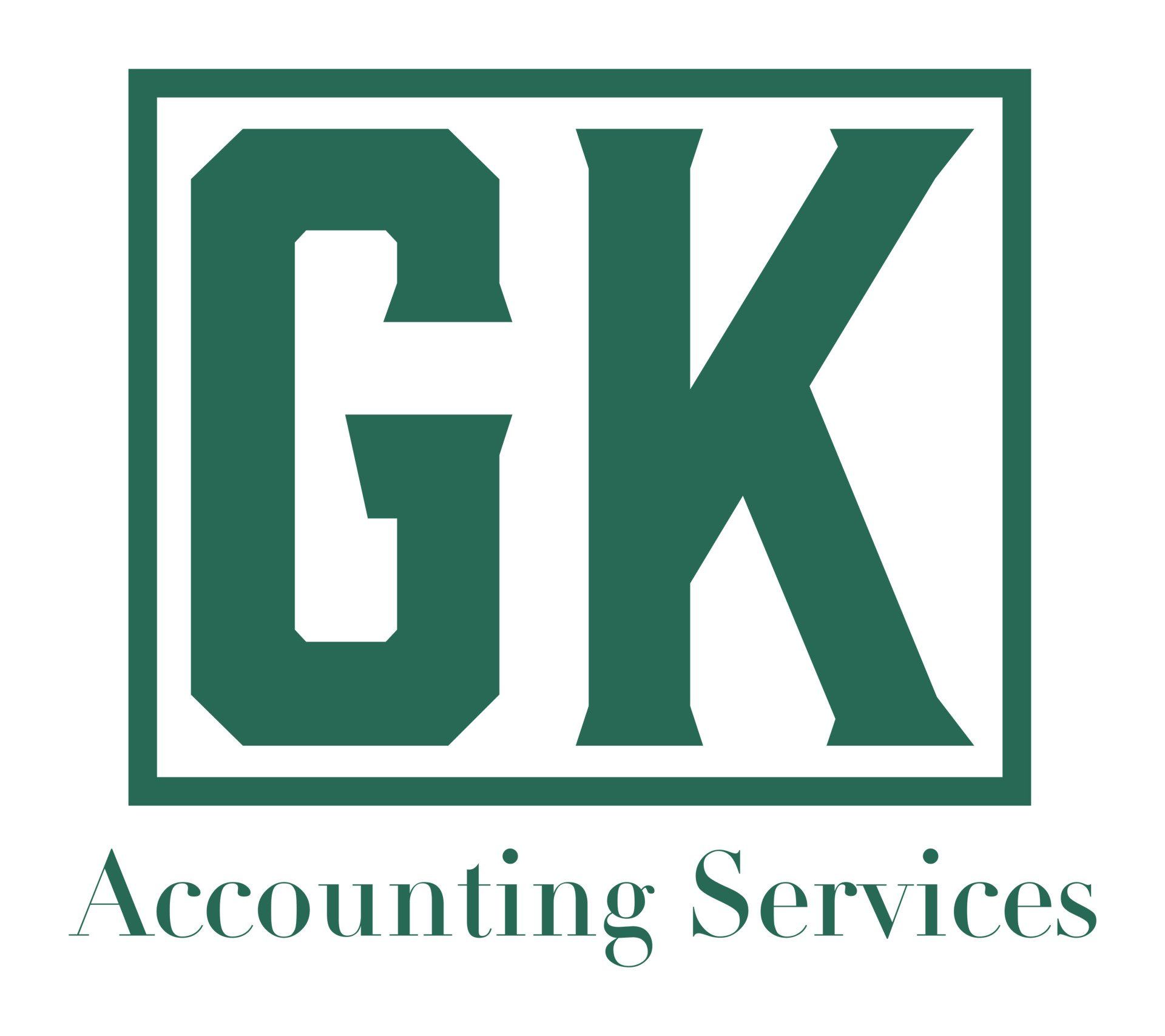Capital Gains Tax (CGT) on the Sale of a Family Home
Family Home CGT Explained!
Overview of Private Residence Relief
Private Residence Relief generally exempts homeowners from Capital Gains Tax (CGT) on the sale of their main family home, provided specific conditions are met. This relief is designed to ensure that homeowners do not face tax liabilities when selling a property they have lived in as their main residence.
Conditions for Full Relief
To qualify for full Private Residence Relief, the following conditions must be met:
- Main Residence:
- The property must have been the taxpayer's only or main residence throughout the period of ownership.
- No Letting (Beyond Lodgers):
- The taxpayer must not have let out part of the property. However, having a lodger does not disqualify you from relief.
- No Exclusive Business Use:
- No part of the home should have been used exclusively for business purposes. Occasional or temporary use of a room for business does not disqualify the property from relief.
- Garden or Grounds Size:
- The garden or grounds, including any buildings, must not exceed 5,000 square metres (just over an acre).
- Purpose of Purchase:
- The property should not have been purchased solely to make a gain. It should be a genuine family home.
Special Provisions
- Final Period Exemption:
- The last 9 months of ownership are exempt from CGT, even if the property was not the main residence during this period. This exemption helps cover periods of transition or vacancy.
- Extended Exemption Period:
- In certain circumstances, the final period exemption can be extended to 36 months. This typically applies if you are working away from home or other specific conditions are met.
- Rules for Couples:
- Married couples and civil partners can only designate one property as their main home for CGT purposes at any given time.
Partial Relief
If the property does not meet all the conditions for full Private Residence Relief, CGT may be due on the portion of the gain that relates to the non-qualifying period or use.
Special Considerations
- Letting Relief:
- Note that as of April 2020, Letting Relief is only available if the homeowner is in shared occupancy with a tenant. Prior to this, Letting Relief could apply to periods where part of the home was let out.
- Business Use:
- If a room or part of the property has been used exclusively for business, CGT may be due on the proportion of the gain attributable to that business use.
- Working Away:
- There are special rules for homeowners who work away from home, which may extend the period of relief.
- Sale Timing and Tax Planning:
- Consider the timing of the sale and any potential capital gains. If you anticipate exceeding the relief limits, tax planning strategies may help minimise your liability.
Action Points
- Assess Eligibility:
- Review your use of the property and ownership history to determine if you qualify for full relief.
- Document Use:
- Maintain records of the property’s use, including any business use or periods of letting.
- Calculate Potential CGT:
- If relief is partial or not applicable, calculate the potential CGT liability based on the gain attributed to the non-exempt periods.
- Consult a Tax Advisor:
- For complex cases or significant gains, consult a tax advisor to ensure accurate reporting and optimal use of available reliefs.
Summary
Private Residence Relief provides significant tax benefits for homeowners selling their main residence, exempting them from CGT under certain conditions. Ensure that your property meets the criteria for full relief and be aware of the rules regarding final period exemptions and business use. For situations where relief does not apply or is partial, careful planning and professional advice can help manage CGT liabilities effectively.





